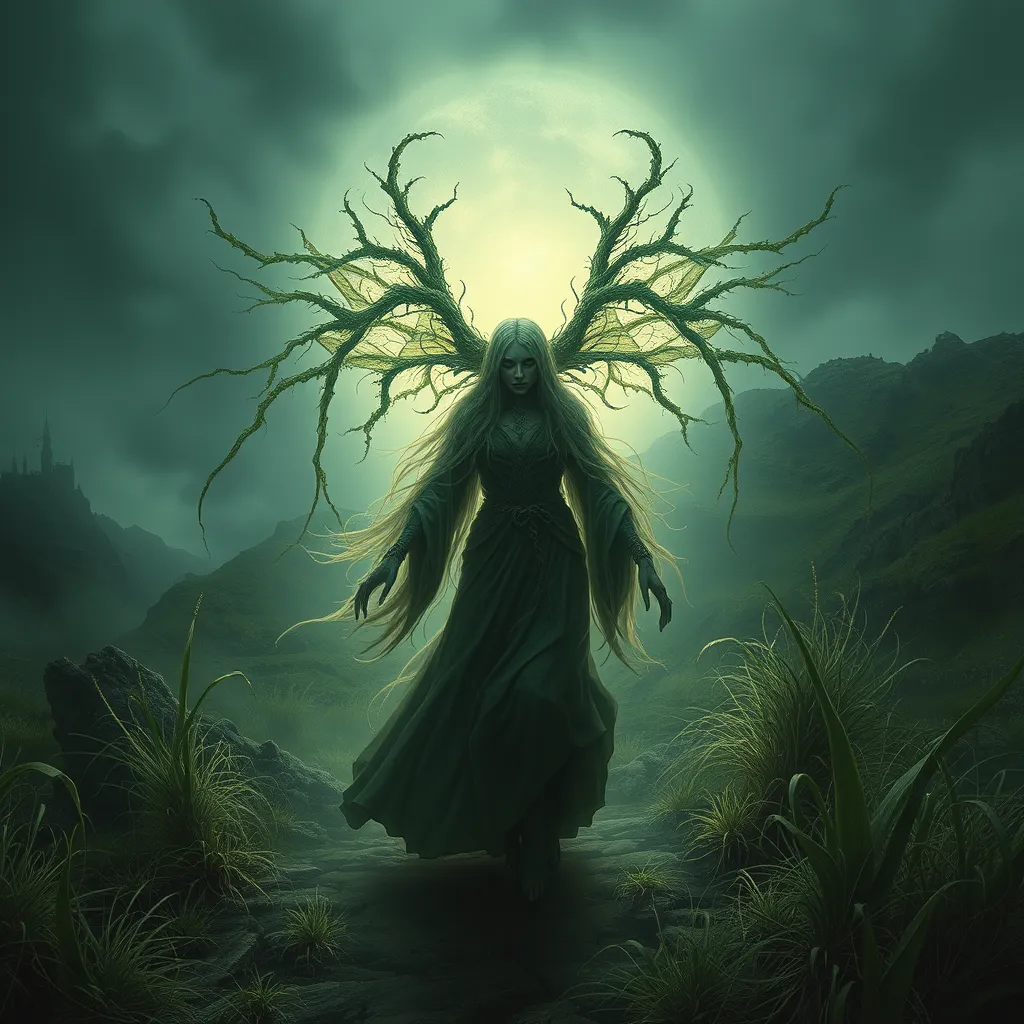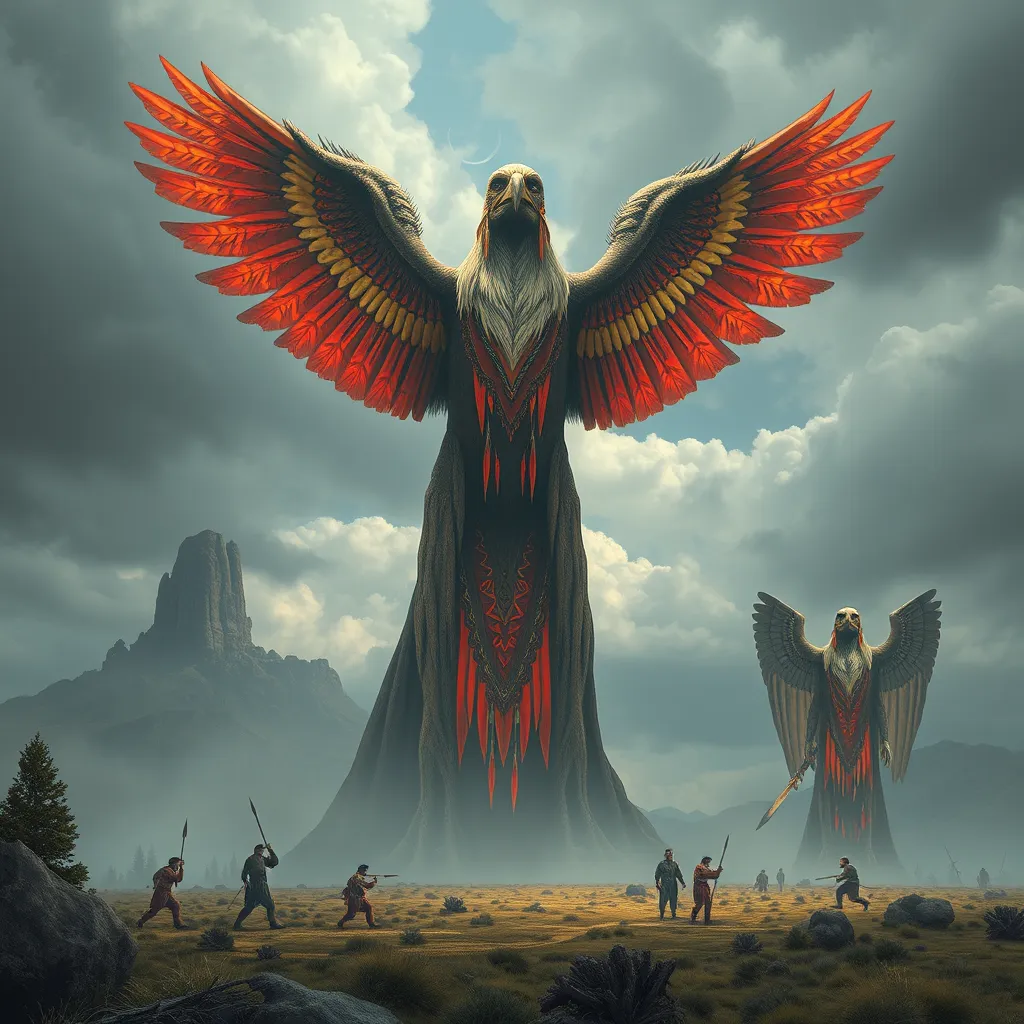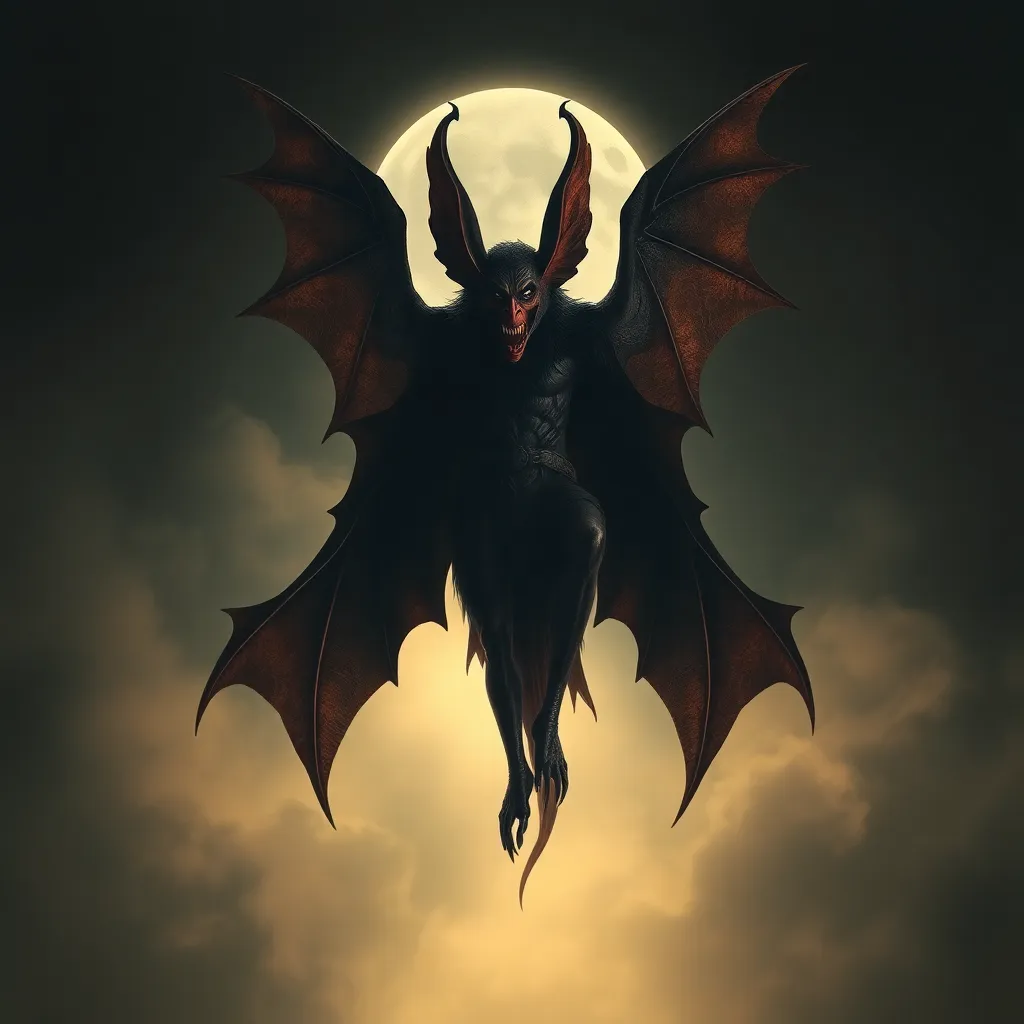The Banshee: A Gendered Figure in Irish Folklore
I. Introduction
The Banshee, or “Bean Sidhe” in Irish, is one of the most intriguing figures in Irish folklore, often associated with death and mourning. This ethereal spirit is typically depicted as a woman whose mournful wail heralds the passing of a family member. Understanding the Banshee requires a deeper look into the significance of gender within folklore narratives, as it reveals much about societal values, beliefs, and the roles of women throughout history.
This article aims to explore the historical origins, characteristics, and cultural implications of the Banshee, emphasizing the gendered aspects of her portrayal. In doing so, we will uncover the complexities of this figure and her relevance to both historical and contemporary discussions around gender in folklore.
II. Historical Origins of the Banshee
The Banshee’s origins can be traced back to early Irish literature and mythology. References to the Banshee can be found in various medieval texts, where she is often depicted as a harbinger of death.
A. Early references and textual evidence
Textual evidence from sources such as the “Annals of the Four Masters” and “The Book of Invasions” provides insights into early beliefs surrounding the Banshee. These texts illustrate her role as a messenger of death, intricately woven into the fabric of Irish culture.
B. The Banshee in Celtic mythology
In Celtic mythology, the Banshee is sometimes associated with the goddess of war and death, reflecting the reverence for women in positions of power. Her character can be linked to various mythological figures, such as the Morrigan, who embodies similar themes of death and fate.
C. Evolution of the Banshee’s character over time
Over the centuries, the depiction of the Banshee has evolved. From a fearsome spirit to a more sympathetic figure, her role has shifted, reflecting changing attitudes towards death and femininity in Irish society.
III. Characteristics and Symbolism of the Banshee
The Banshee is characterized by specific traits and appearances that contribute to her symbolic meanings within folklore.
A. Common traits and appearances
- Typically depicted as a pale woman with long, flowing hair.
- Often seen wearing a white or grey dress, which symbolizes her connection to the spirit world.
- Her wail is described as haunting and mournful, serving as a warning of impending death.
B. Symbolism of mourning and death
The Banshee embodies the themes of mourning and death, serving as a reminder of the inevitable nature of mortality. Her presence evokes feelings of grief and loss, and her wail is often interpreted as a form of lamentation for the deceased.
C. Gendered aspects of the Banshee’s portrayal
The Banshee’s characterization as a woman is significant, as it reflects traditional gender roles within Irish society. Her portrayal as a grieving female figure often ties back to the societal expectations placed on women to be caretakers and mourners.
IV. The Banshee as a Gendered Figure
The Banshee is emblematic of broader feminine archetypes found in folklore. Her narrative reveals insights into the roles of women in both myth and society.
A. Feminine archetypes in folklore
Women in folklore often embody various archetypes, including the mother, the maiden, and the crone. The Banshee fits within this spectrum as a figure of mourning, connecting her to the universal experiences of women.
B. The role of women in Irish society and folklore
Historically, women in Irish society were often relegated to domestic roles, and their voices were frequently marginalized. The Banshee, as a figure who expresses grief, offers a rare opportunity for women to be seen as powerful and influential, even in death.
C. Comparisons with male figures in folklore
When compared to male figures in Irish folklore, the Banshee’s representation highlights the differences in how genders are portrayed. While male figures often embody strength and heroism, the Banshee emphasizes vulnerability and emotional depth.
V. Regional Variances in Banshee Lore
The Banshee’s portrayal varies significantly across different regions of Ireland, influenced by local customs and cultures.
A. Differences in Banshee descriptions across Ireland
In some areas, the Banshee is described as a beautiful woman, while in others, she is depicted as an old hag. These variations reflect regional beliefs and the diversity of folklore.
B. Influence of local culture on Banshee narratives
Local customs, dialects, and traditions often shape the stories told about the Banshee. In some regions, she may be seen as a protective spirit, while in others, she is viewed with fear and trepidation.
C. Gender roles in regional folklore
The portrayal of the Banshee in different regions also reflects the varying gender roles and expectations within those communities, showcasing how folklore adapts to cultural contexts.
VI. The Banshee in Modern Culture
In contemporary culture, the Banshee has found representation in literature, film, and art, often serving as a lens through which gender issues are explored.
A. Representation in literature, film, and art
- Literature: The Banshee appears in numerous novels and poems, often symbolizing loss and the complexities of femininity.
- Film: Modern adaptations frequently reinterpret her character, sometimes as a tragic figure or a source of empowerment.
- Art: Visual representations of the Banshee often highlight her ethereal beauty and sorrowful nature.
B. The Banshee’s impact on contemporary gender discussions
The Banshee’s role as a gendered figure has contributed to discussions about women’s experiences of grief and loss, as well as the societal expectations placed on women regarding emotional expression.
C. Revivals and reinterpretations in popular culture
Recent revivals of interest in Irish folklore have led to new interpretations of the Banshee, highlighting her significance in modern feminist discourse and cultural identity.
VII. The Banshee and Collective Memory
The Banshee serves as a cultural symbol that resonates deeply within the collective memory of Irish society.
A. The Banshee as a cultural symbol of grief
As a figure associated with mourning, the Banshee embodies the collective grief experienced by communities, making her a poignant symbol in cultural narratives.
B. Gendered memory and storytelling traditions
Storytelling traditions around the Banshee often reflect gendered experiences of memory, showcasing how women’s voices are integral to the preservation of cultural identity.
C. The role of the Banshee in communal identity
The Banshee’s presence in folklore helps reinforce communal identity, as her stories are shared through generations, connecting individuals to their heritage and shared experiences of loss.
VIII. Conclusion
In summary, the Banshee is a multifaceted figure in Irish folklore, whose gendered portrayal provides valuable insights into historical and contemporary attitudes towards women and grief. By examining her characteristics, regional variations, and cultural significance, we can better understand the complexities of gender in folklore narratives.
The relevance of the Banshee extends beyond folklore; she serves as a reminder of the societal roles women have played and continue to play in shaping cultural memory. Future research on gendered figures in folklore will undoubtedly reveal even more about the intricate relationships between gender, culture, and identity.



